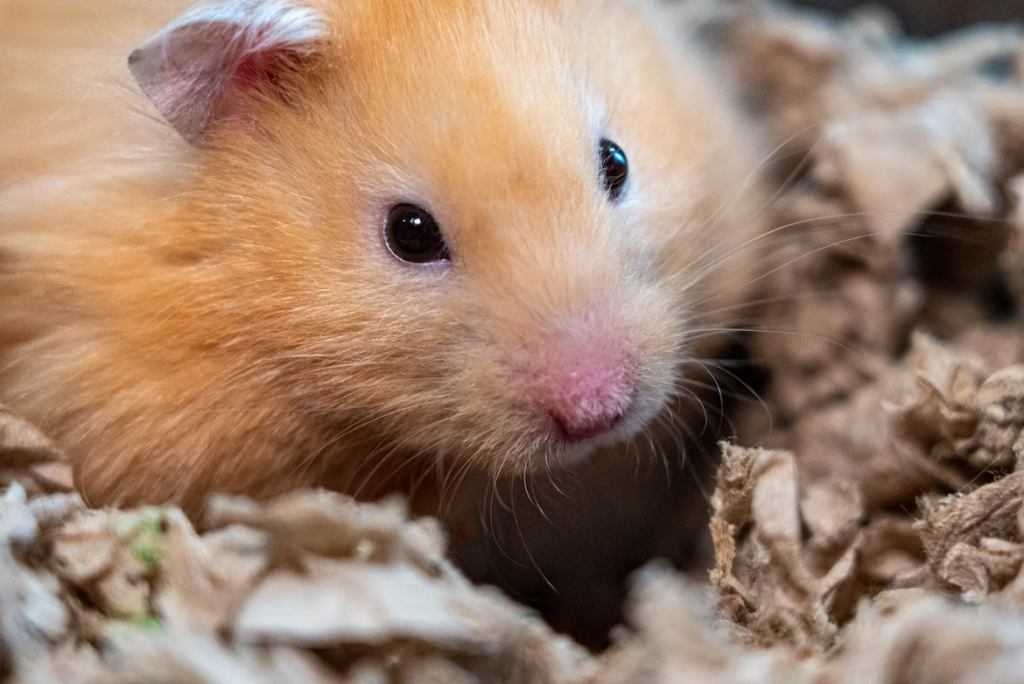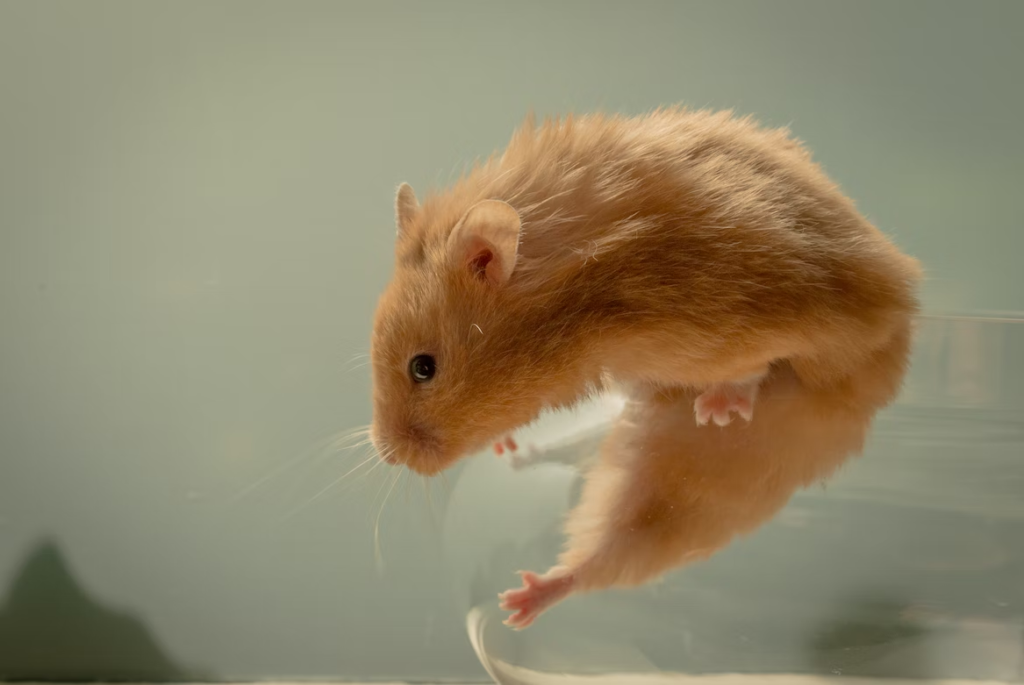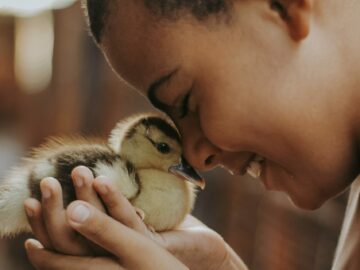Hamsters are popular pets. They’re cute, furry, and adorable. However, if you plan to keep them as pets, you might want to know these nine interesting facts about them first.
There are different species of hamsters
You have plenty of hamster species to consider, especially if you have no previous experience handling hamsters. There are the Roborovski hamsters, Campbell’s Dwarf Russian hamsters, the Chinese hamsters, the Syrian (or Gold) hamsters, and 21 other species to choose from.
The most popular ones for beginners, though, would be the Syrian hamster because of their size (largest breed) and because they’re one of the hardest. Once you’ve gained enough experience and confidence handling them, you could move on to other species.
They are nocturnal animals

Hamsters are nocturnal mammals, meaning they are more active at night and often just sleep during the day.
If you’re keeping them so you have animals to play with, they might not be a good idea for you. Because unless you’re the nocturnal type, too, you might end up not being able to interact with them.
Their teeth never stop growing

Like all rodent incisors, Hamster incisors have no roots and never stop growing. If you’re planning on getting hamsters, you have to ensure that you always provide them with materials to gnaw on.
Otherwise, their teeth can overgrow, and you will most likely get nipped by those same teeth when you handle them.
Their eyes are not good in bright light

Hamster eyes are not very good in well-lit conditions. Some people often mistake hamsters for being blind. However, this is normal, especially since they are nocturnal creatures.
They are more active at night when conditions are dim, and light is scarce, so they have learned not to depend too much on their eyesight. They rely more heavily on their super-sensitive whiskers and fantastic sense of smell rather than on their eyes.
Because of this, you don’t need to position their enclosures to receive sunlight or set up too many lamps to make their areas well-lit.
They prefer to be out of sight
Hamsters like hiding. It’s in their nature. Before you get them as pets, make sure your enclosure has enough places for them to hide.
Place a thick enough substrate so they can practice burrowing or allot hollow but hidden structures where they can relax. However, don’t permanently fix these structures, especially since you need to access and clean them up. After all, aside from dim places, hamsters also prefer tidy habitats.
They like to hoard
Hamsters don’t overeat, but they do like to hoard. This behavior makes them so adorable because when they hoard stuff in their mouth, their cheeks puff up, making their already cute faces even cuter.
The pouches in their cheeks, called displostomes, store food, and they store a lot of food. So, once you take care of hamsters, resist the urge to put so much food in their enclosures, or you’ll end up with rotten food all over the place.
They don’t always like companions

Many hamster breeds are used to solitary living, like the sizeable Syrian hamster. However, there are still some (like the Dwarf hamsters) who appreciate the company of other hamsters.
Make sure to find out if your hamster is sociable because if it is not and you bring another hamster inside its territory, things might end badly for your pet or its would-be companion.
Experienced hamster owners and breeders recommend the following:
- It’s best not to overcrowd your enclosures with too many individuals because conflicts escalate faster when they are overcrowded. Try one companion first. If things go smoothly, then that’s the time you think of adding more.
- If you plan to introduce another hamster, they should be of the same gender. Pheromones of the other gender drive hamsters crazy.
- Be careful with males; they tend to be territorial. Observe their reactions to each other first before leaving them to settle down on their own.
- Stick to the same breed of hamsters when choosing companions for your pet. Hamsters tend to get stressed when around different animals or breeds.
They can die from chocolate

Hamsters react negatively to theobromine and caffeine, which can be found in chocolates. These chemicals can cause increased urination, heart rates, seizures, heart attacks, and internal bleeding.
What makes it even worse is that the smell of chocolates is attractive to hamsters, so they will not hesitate to eat chocolate when they get their paws on it. Remember to keep chocolates away from hamsters at all times.
They easily get stressed

Hamsters prefer to live in dim and quiet places. Strong vibrations and loud noises easily startle them and stress them out. To prevent your pets from getting stressed:
Step 1: Approach them from the side where they can see you coming
Step 2: Softly call out to them to warn them of your approach
Step 3: Place their enclosures far from all the loud and busy sounds—like from the chattering, from where children play, or from engine noises and honking.
For Your Child’s Hamster Fascination

Thinking of getting a hamster for your children? Being a pet owner is a huge responsibility, so we’ve curated a list of items you can purchase from Petco in preparation:
- Sun seeds for nutrition
- A small cage to keep them safe
- Quality bedding for their comfort
Frequently Asked Questions about Hamsters
Do vets treat hamsters?
Unfortunately, not all do. Although hamsters are popular pets, not all vets are willing to take them on for several reasons. First, they are too small to receive any significant procedures.
Second, when hamsters get sick, their conditions worsen very quickly—too quick (most of the time) for any vet to do anything. So, before you get a hamster for a pet, check out the vets in your area for anyone who can treat a hamster.
What do hamsters eat?
Hamsters are omnivores. In the wild, they typically feed on plant parts such as leaves, stalks, fruits, and seeds, but they will also take on small-enough bugs and worms if given a chance.
If you’re asking as a pet owner, then you can feed them commercial hamster pellets, some hay, fruits, vegetables, and even boiled eggs and nuts (occasionally). Remember also to give them access to fresh, clean water.
What toys are best for hamsters?
Hamsters need regular exercise to stay fit and healthy. A hamster wheel is one such toy that will help them with regular exercise. They can use the wheels to run as much as they want to without running out of space.
However, if you can’t find a hamster wheel, you can also go for a hamster ball. It also allows your hamster to run while keeping them safe in a bubble. Just make sure to block off stairs and other potential dangers, though.







